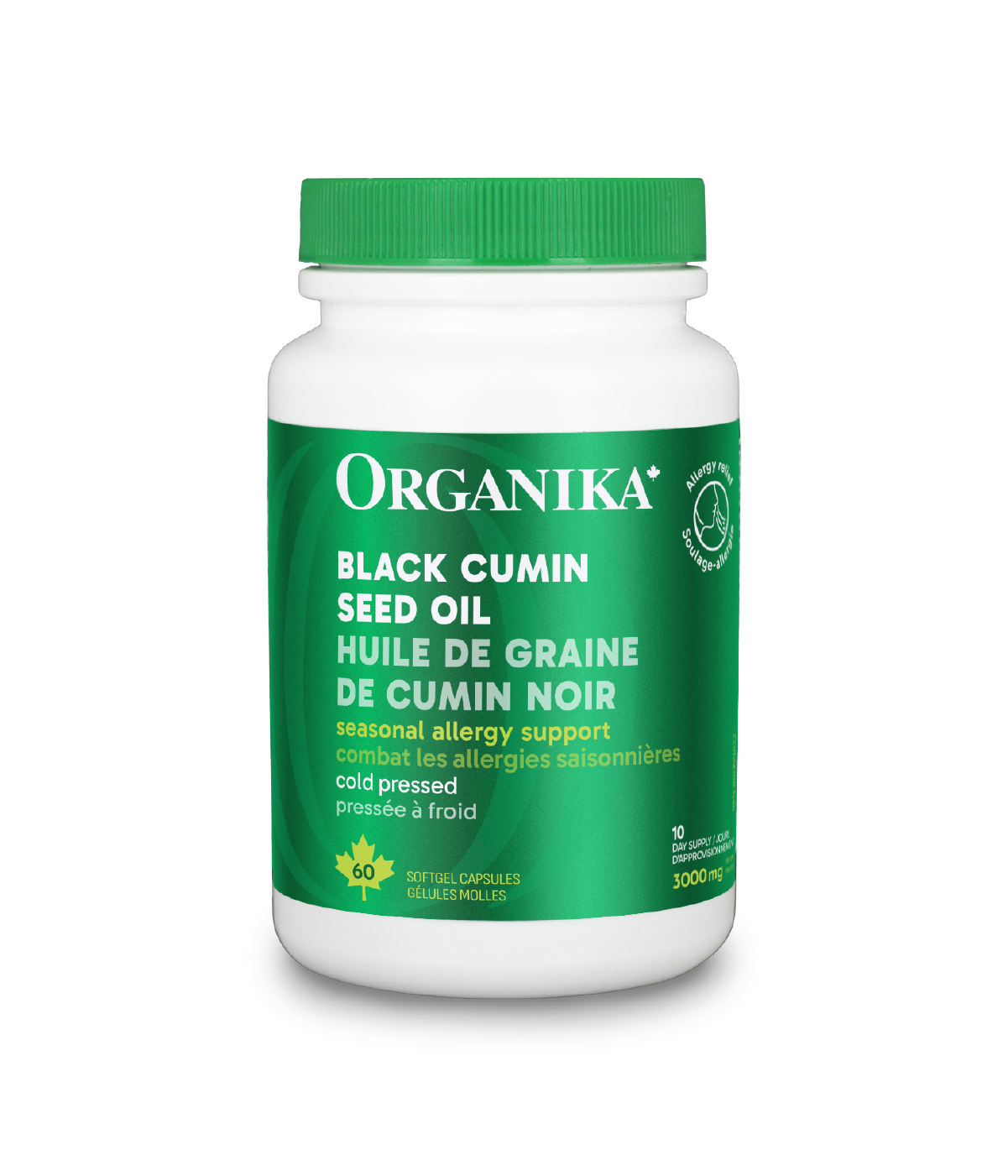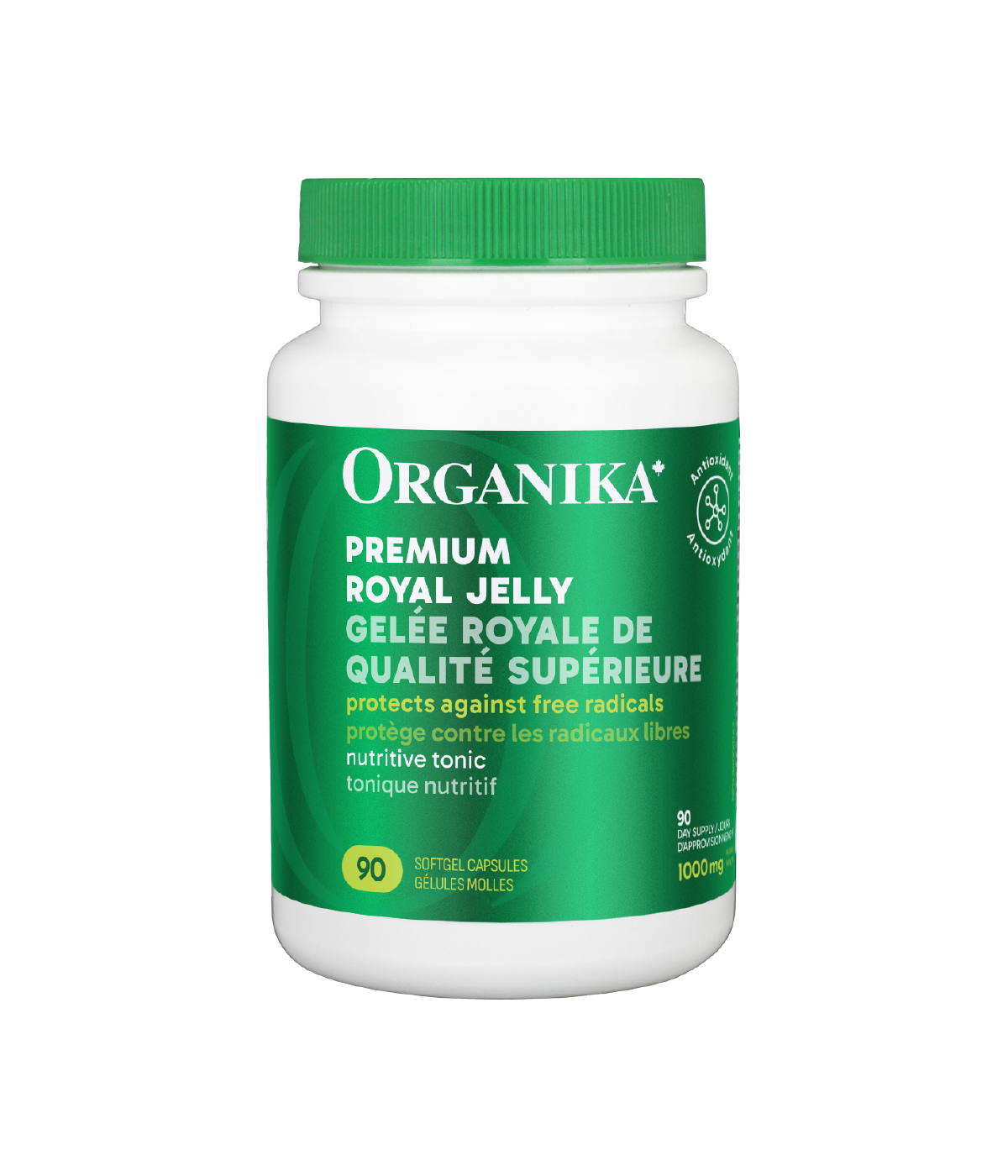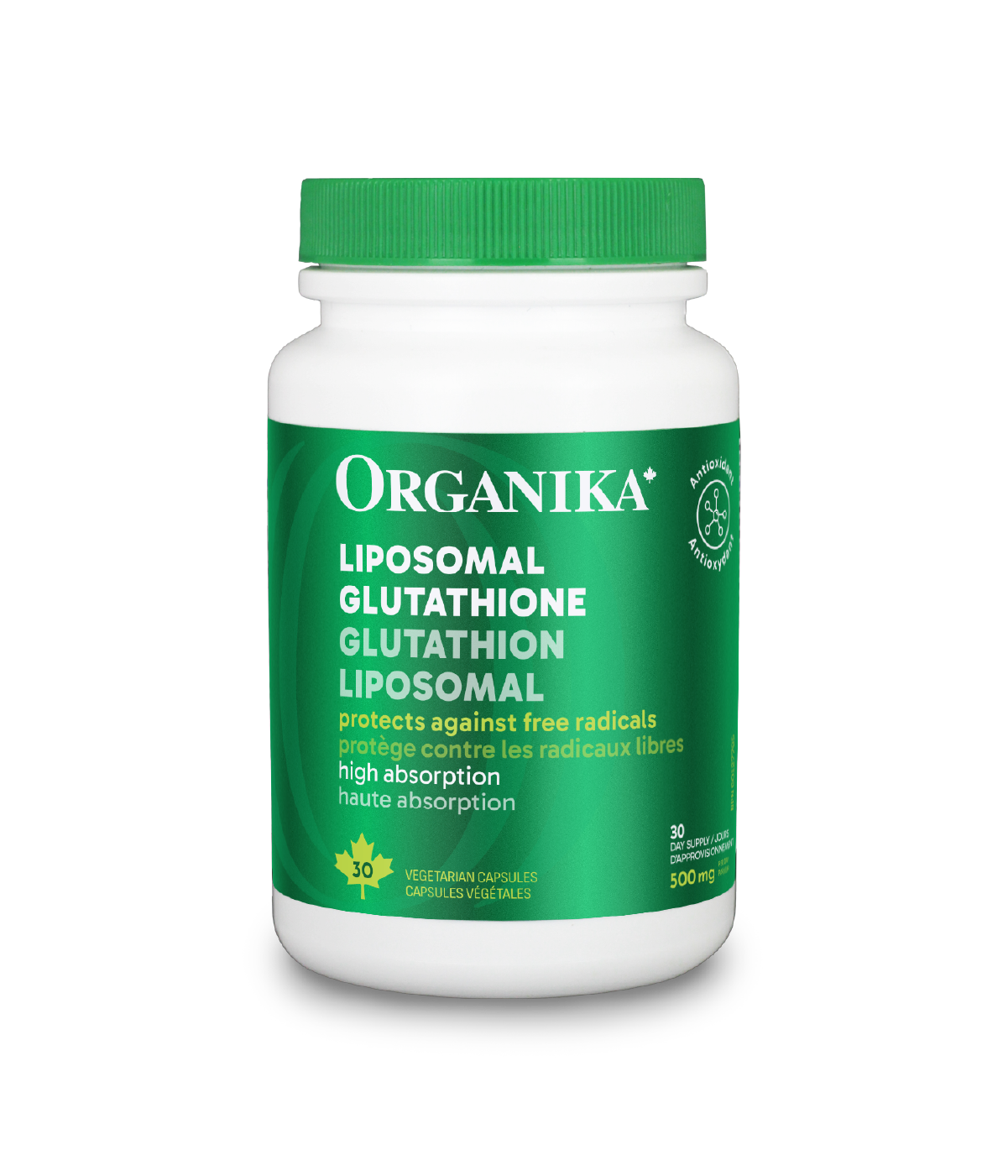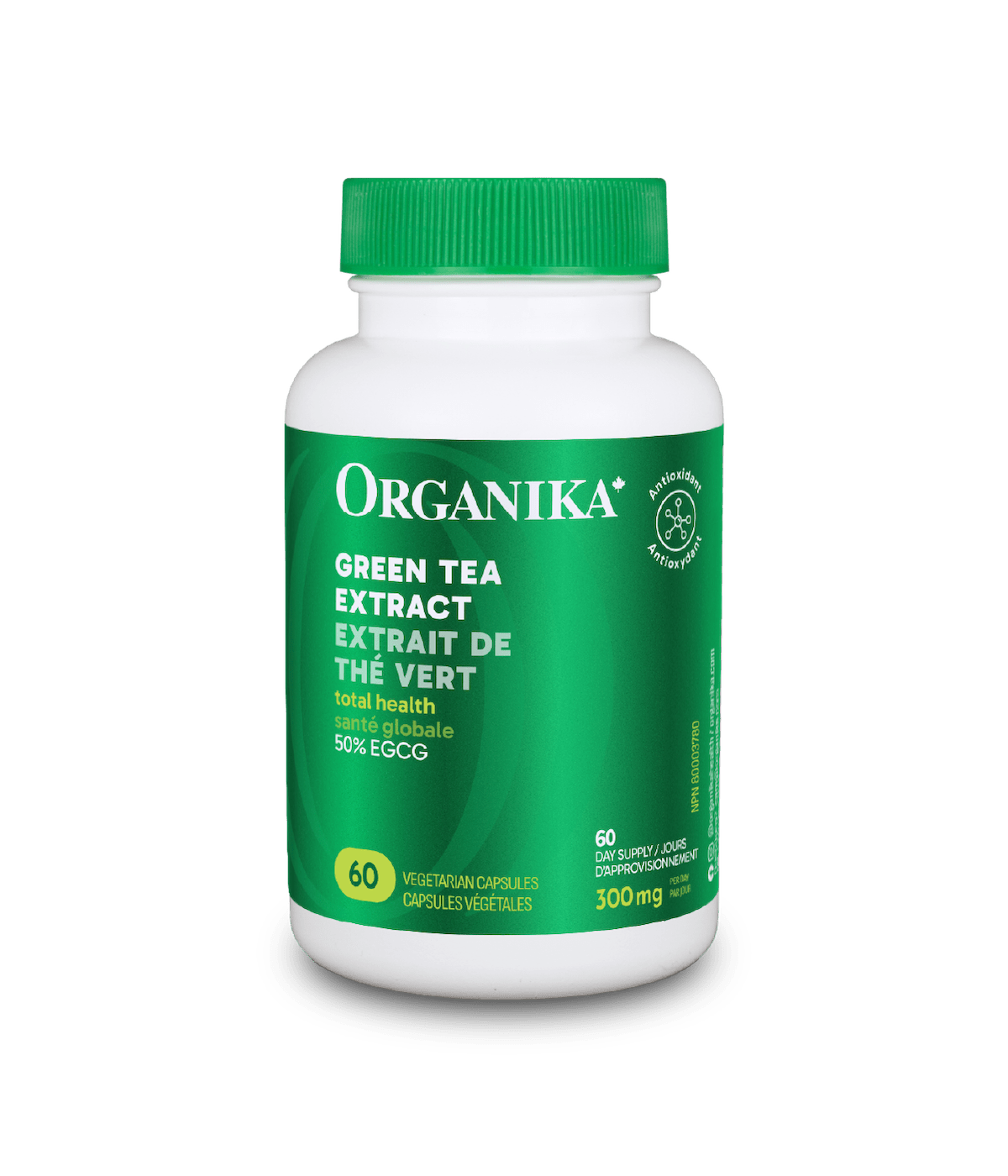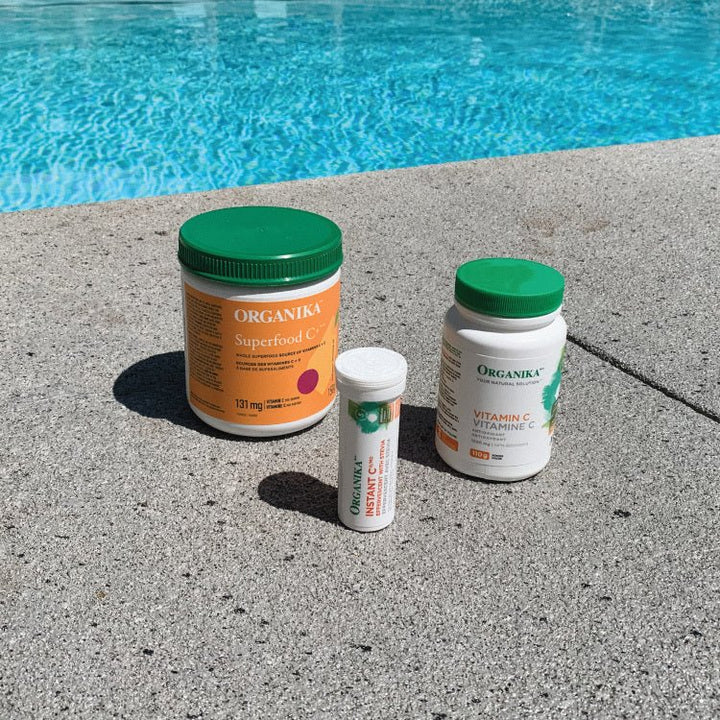Supplement Facts
Premium Krill Oil that deliver omega-3 fatty acids EPA and DHA to support your overall health with none of the fishy aftertaste
Ask Away
We’ve got the FAQs covered. But if you’re still stuck, we’re only a message away.
Get in TouchWhat are krill?
Krill are very small crustaceans (the group that includes shrimp and lobster) that are found in every ocean around the world. They are an important part of the ocean's food web, and are considered to be a keystone species. They feed on phytoplankton (microscopic water plants) and themselves are food for many larger species, from fish to seals to whales. Krill are considered to be the largest marine biomass in the world.
How and where do we source our krill?
Only sustainable fishing methods are involved in the making of our krill oil. Our Antarctic krill is sourced from a 100% traceable supply chain and is the only brand certified by the Marine Stewardship Council (MSC). Our krill is also Eco-Harvesting certified and uses only environmentally friendly means of harvesting. These harvesting methods are endorsed by the World Wildlife Fund and marine scientists.
Why do I need more omega 3s and not omega 6s? What's the difference?
We need both omega 3s and 6s to maintain homeostasis in the body and all its systems. The right balance is important, which unfortunately many of us are lacking. Our processed modern diet is quite high in omega 6s (from processed foods, grains, seed oils, and commercially-raised grain-fed animals), and at these levels, can contribute to excess chronic inflammation. Increasing our omega 3 intake can help the body get closer to its homeostatic balance.
Why should I choose krill oil over fish or flax oil for my omega 3 supplementation?
These are all sources of omega 3 fatty acids, but the form of these fats differs. Alpha-linolenic acid (ALA) is essential, and technically we can transform it into eicosapentaenoic acid (EPA) and docosahexaenoic acid (DHA) in our body, where these form can be used in the amazing roles they play in the body. ALA is higher in plant oil, like flaxseeds, soybean and canola oils. We have to do many conversions to turn ALA into EPA and DHA, and for some people, this process isn't very efficient. Instead, people may choose fish, fish oil and krill oil, as these are natural sources of EPA and DHA, ensuring you receive more of these important fats directly, with no conversion required. As fish are higher up the food chain than krill, fish are more likely to accumulate oceanic pollutants and toxins than krill. This is one reason krill oil may be chosen over fish oil.
What else is interesting about krill?
Krill are bioluminescent - meaning they emit light, like a firefly. Some species of krill that live closer to the poles can live for more than six years. They swim in big swarms of up to 60,000 krill per cubic meter. Krill has been harvested as a food source for humans and animals since at least the 1800's, with large scale fishing starting in the 1960's. It is now a managed fishery to prevent overfishing and species decline.






























